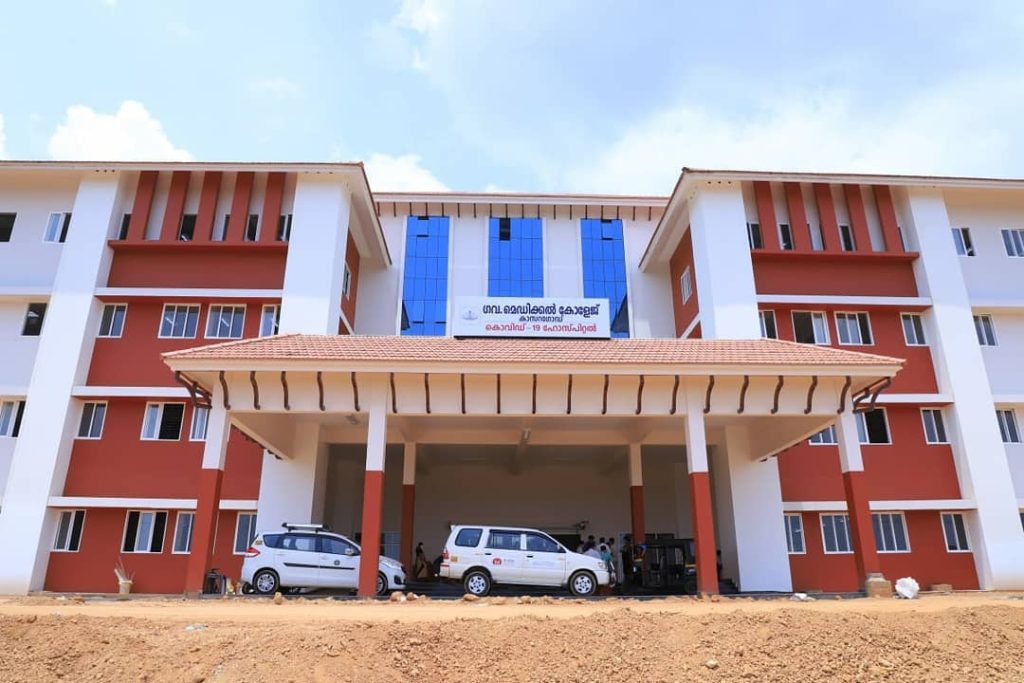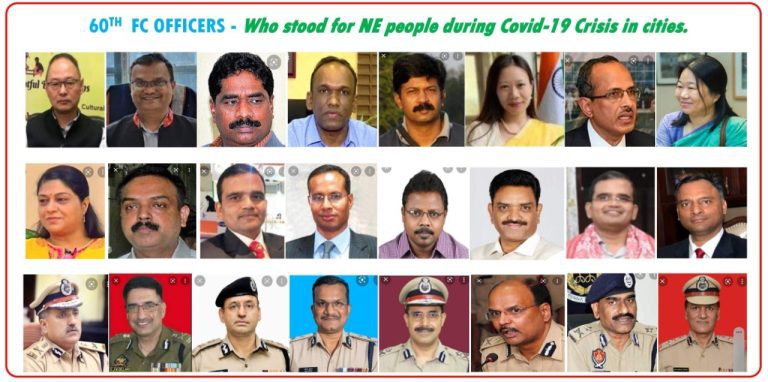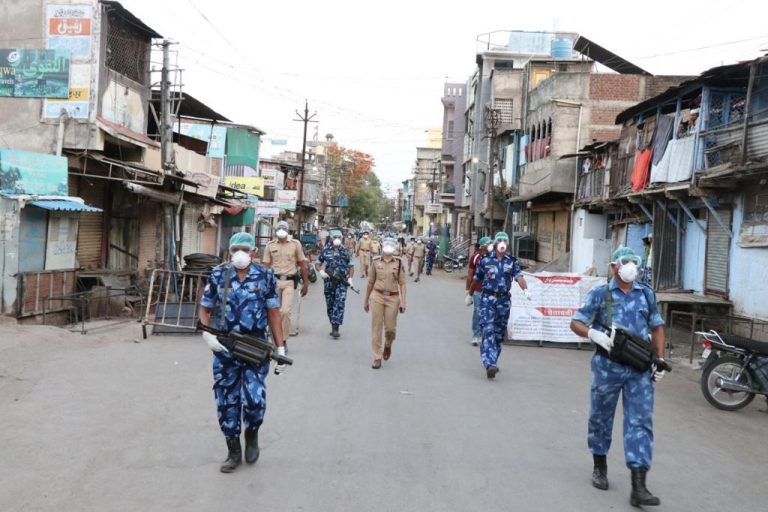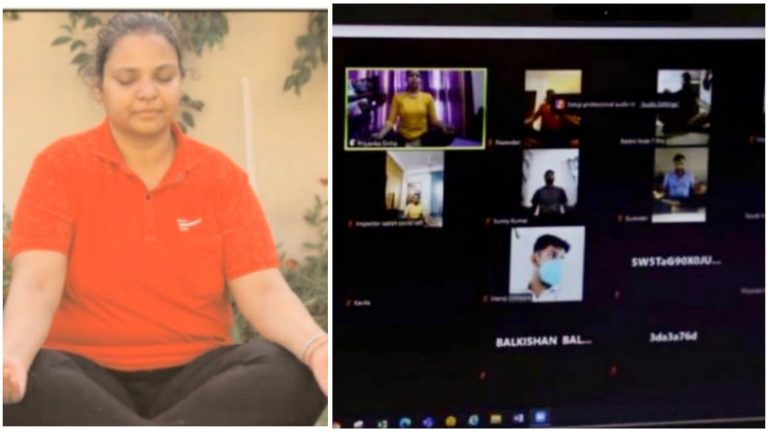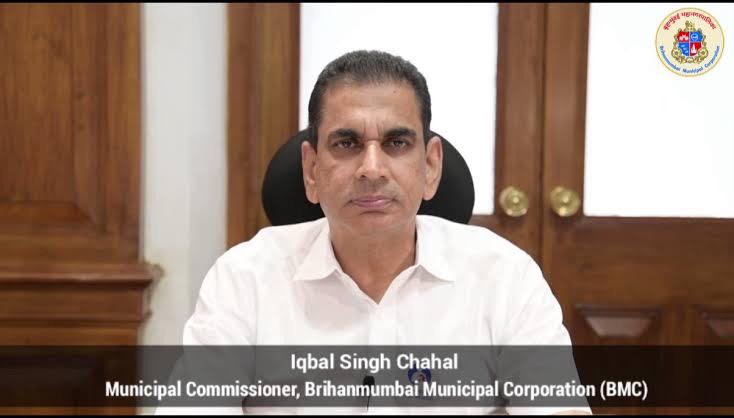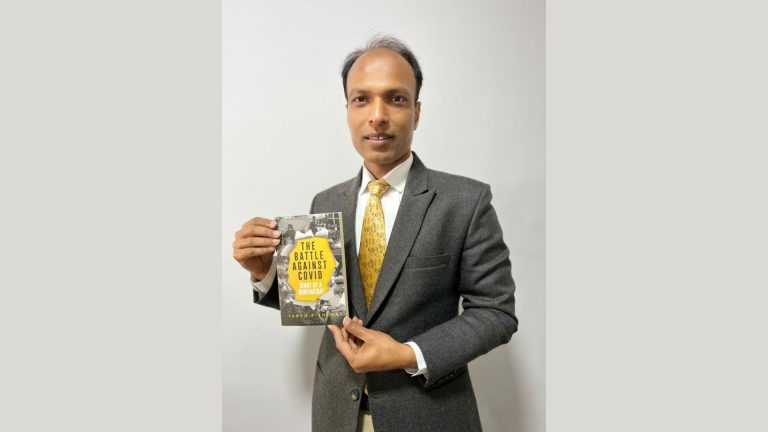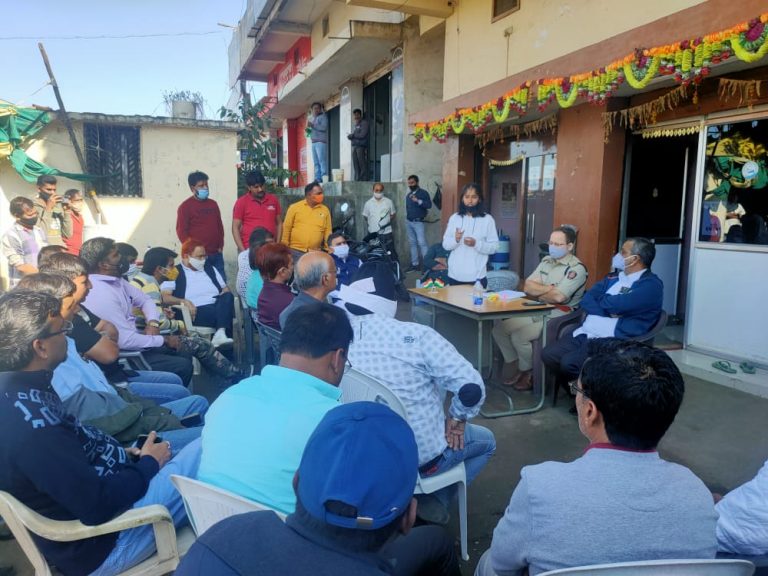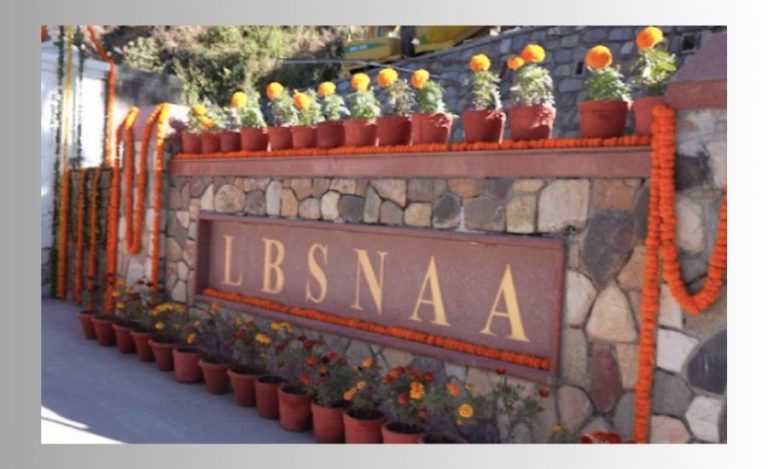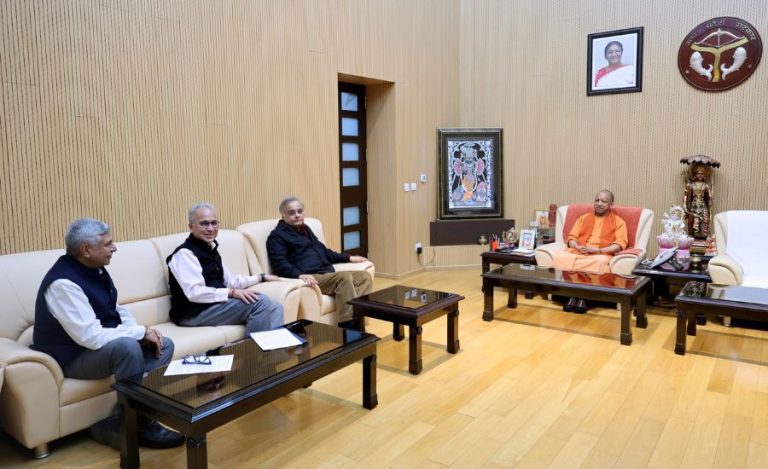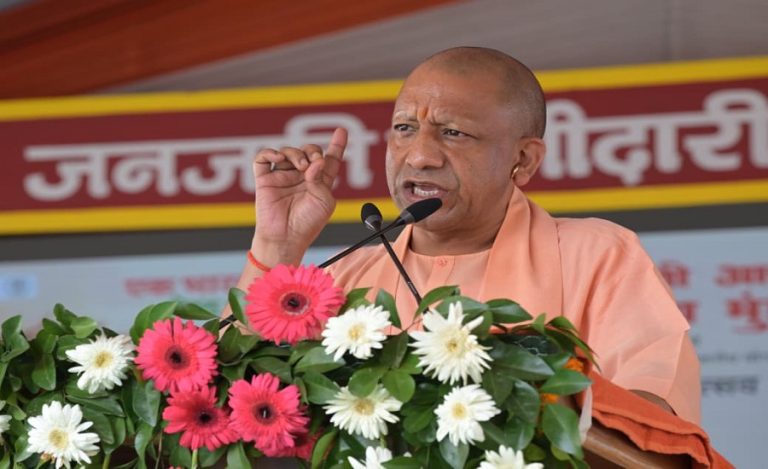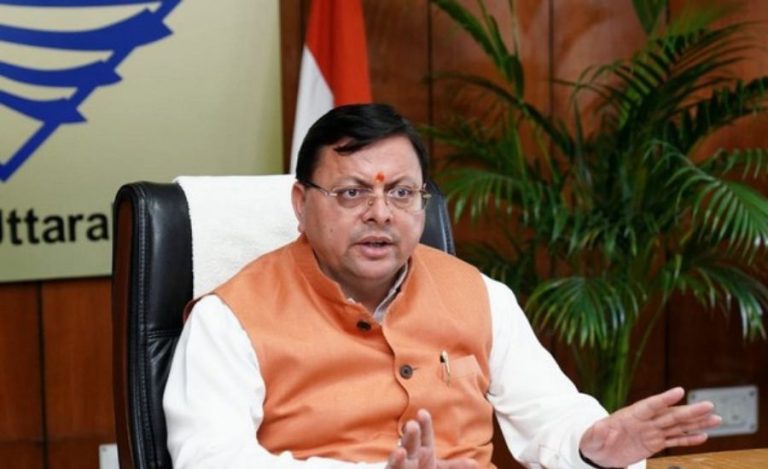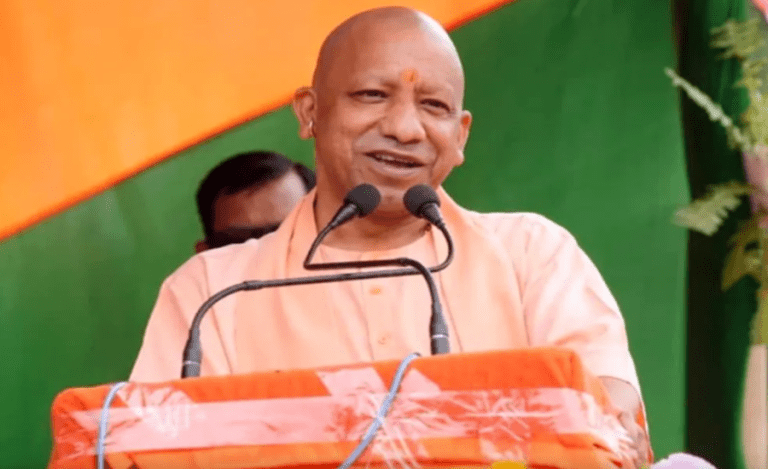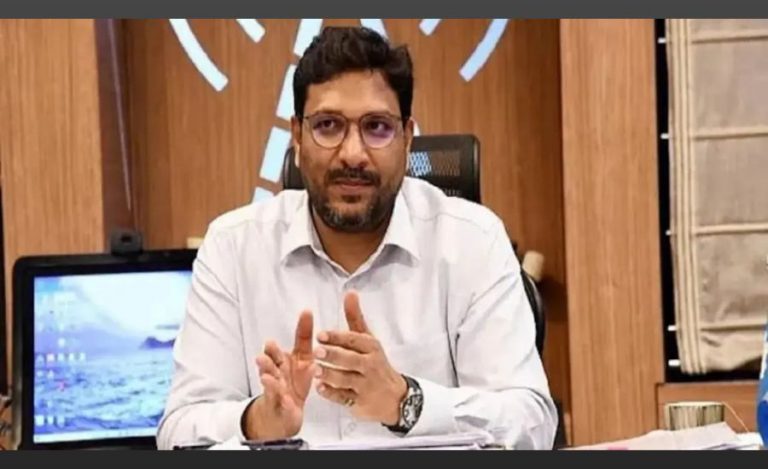Fighting against the Covid 19 pandemic, some of the Indian states have come out with flying colours, making a strong statement while curbing the rising cases in their areas. Among these is the famous ‘Kasaragod Model’ in Kerala, which is considered way smoother and humane than the allegedly harsher ‘Bhilwara model’ of Rajasthan.
The tales of these two models are considered the most prominent examples of controlling the rising coronavirus cases among other states in the country. However, the containment was not carried out easily. A lot of scanning, tracking, testing, treating, and even sufferings were experienced by the administration while implementing the two models in these areas.
Here Comes Mr. Sharma
When the COVID 19 pandemic broke out in India, the third case was reported from deep South in the Kasaragod of the district of Kerala – caused by a student who fled from the epicenter of COVID 19 in Wuhan, China in the month of February 2020. However, the district administration was ready for the challenge and they left no stone unturned to trace the 150-odd contacts of that infected person.

Kasaragod, which has a large portion of its population living abroad, recorded around 179 cases and zero deaths till May 1 in spite of recording the third case in the country.
This comes with a timely decision of the Health Ministry of Kerala to appoint a senior bureaucrat in charge of this crucial situation- rather than a young and enthusiastic but inexperienced officer. So Mr. Alkesh Sharma, Managing Director of the Kochi Metro, was sent to Kasaragod, as the in-charge of handling the COVID situation. He happened to be the senior-most officer in the state. It was an unprecedented task for him with great challenges. However, he was well experienced and skilled in meeting these head-ons.
Rolling Out Kasaragod Model
When Mr. Sharma first stepped in as the in-charge of the district, the COVID cases there were on the rise. He immediately devised regulations to contain the first wave of virus attacks. Identifying the clusters where the virus was active, containment of the affected zone minimizing the movement of people in the containment zone were the three steps that Mr Sharma took simultaneously. As a further precautionary measure, all entry and exit points to the containment zones were closed until the situation showed signs of improvement.

The next target was to identify the independent locations which were recording cases and contain them.
A Humane Approach
Now, here is how the Kasaragod model turned out to be different from others. This is something that many other places did not follow in spirit. Mr Sharma ensured in Kasaragod that despite stringent checks on people’s movements in the containment zone, they must not be deprived of essential items of daily need. Therefore, extra efforts were made in this direction. As a first measure, several WhatsApp numbers were circulated in the district in different areas, through which people could order the essential products to their doorsteps.
Section 144 was also imposed in the entire district and drones were used to monitor the movement of people in the district. Health volunteers used to monitor the symptoms of people and check whether had suitable home quarantine facilities available. Those who did not have were shifted to isolation centers. Isolation centers were figured out in the district among which thousand plus beds, hotels, and lodges were being used.
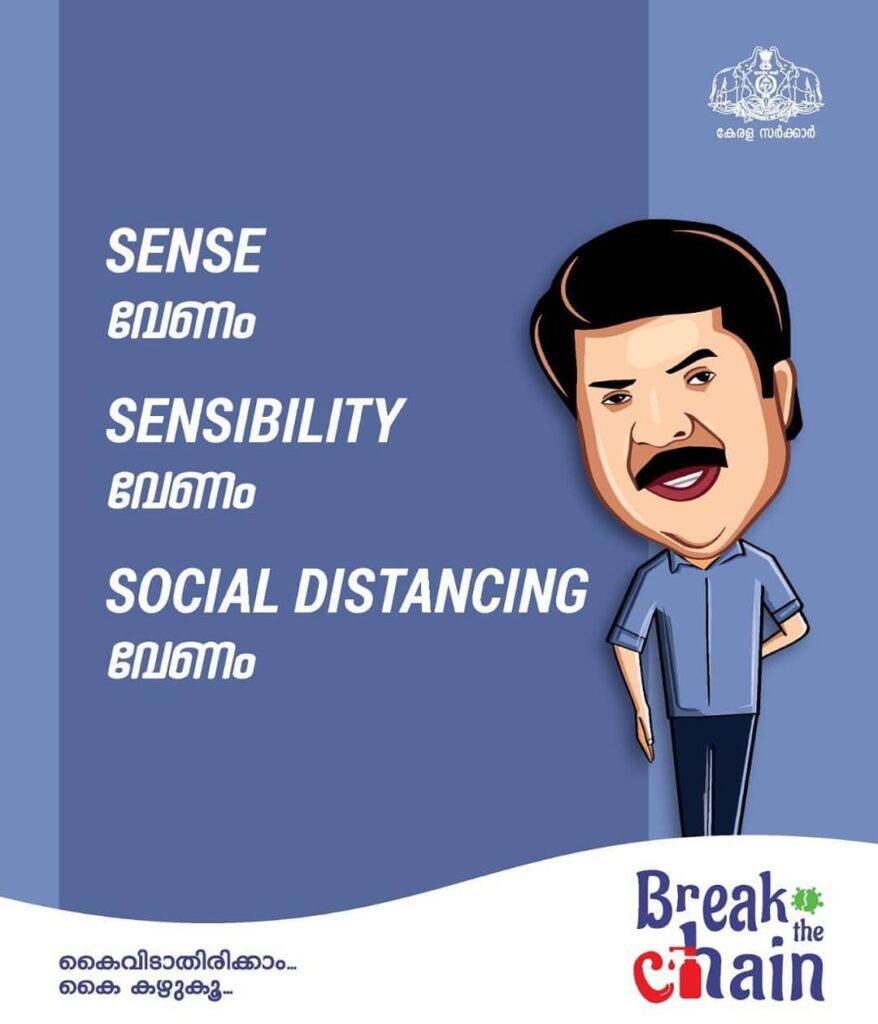
Mr. Sharma’s team also began to act beyond the protocol of ICMR and started testing people who were showing little to no symptoms. Police officials were tasked with tracking and monitoring the patients, while the health volunteers and `Jan Jagriti Samitis’ spread awareness among the people about taking various precautions and measures.
Inter-state communication was banned as earlier people used to travel to Mangalore for treatment. Even the test samples which were being sent to NIV, Alleppey which gradually stopped as Kasaragod set up its own testing labs to reduce unnecessary movement. The right implementation of strict but humane rules, coupled with an aggressive approach towards testing and tracking of the infected patients, soon lead to Kasaragod Model touted as the most effective for battling and conquering COVID 19. As of now, Kasaragod has recorded 8,513 confirmed cases in which 6,294 people have been recovered leaving the active cases at 2,174. Till now the number of casualties recorded is mere 42.

